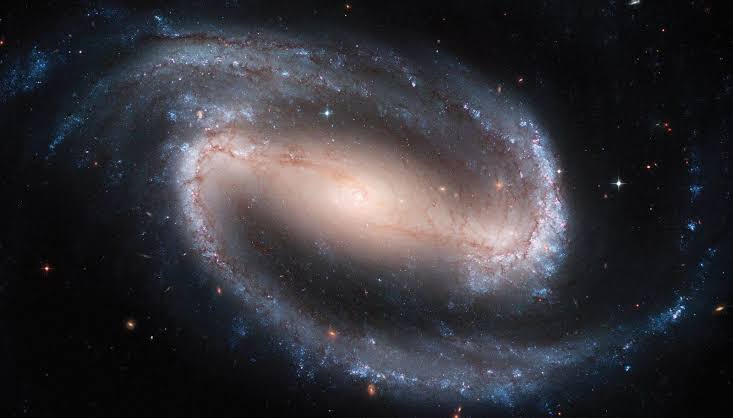It has been determined that the most distant galaxy discovered to date is a glowing red object in the early Universe. According to Science Alert, astronomers have discovered that the galaxy existed only 330 million years ago after Bing Bang
The galaxy is known as HD1, and it represents something of a mystery. It has not been verified if the galaxy is a starburst galaxy or a quasar.
“Answering questions about the nature of a source so far away can be challenging,” says astrophysicist Fabio Pacucci of the Harvard & Smithsonian Center for Astrophysics.
“It’s like guessing the nationality of a ship from the flag it flies, while being far away ashore, with the vessel in the middle of a gale and dense fog. One can maybe see some colors and shapes of the flag, but not in their entirety. It’s ultimately a long game of analysis and exclusion of implausible scenarios.”
A paper on the results of this discovery is published in The Astrophysical Journal. It is also available on arXiv. HD1 was discovered as part of a survey designed to find galaxies at the beginning of the Universe.
This and another galaxy named HD2, which is almost as far away as HD1, have been accepted into Monthly Notices of the Royal Astronomical Society, and both are available on arXiv.
“It was very hard work to find HD1 out of more than 700,000 objects,” says astronomer Yuichi Harikane of the University of Tokyo in Japan.
“HD1’s red color matched the expected characteristics of a galaxy 13.5 billion light-years away surprisingly well, giving me a few goosebumps when I found it.”
Since the Universe is expanding, other galaxies appear to be redshifted; the farther away the galaxy is from us, the greater the redshift. Astronomers use this phenomenon to determine how far light has traveled to reach us. HD1’s light, however, is confusing. It’s extremely bright in ultraviolet wavelengths, which suggests that a very energetic process was taking place within the galaxy. Researchers initially thought it was normal starburst action. The believed number was thought to be over 100 stars a year.
“The very first population of stars that formed in the Universe were more massive, more luminous, and hotter than modern stars,” Pacucci says.
“If we assume the stars produced in HD1 are these first, or Population III, stars, then its properties could be explained more easily. In fact, Population III stars are capable of producing more UV light than normal stars, which could clarify the extreme ultraviolet luminosity of HD1.”
Another possibility would be if the galaxy was a quasar. This means “quasi-stellar radio sources.” The team calculates that the black hole would need to weigh 100 million times as much as the Sun to produce the observed light. Such a size makes predictions about black holes difficult to make.
“Forming a few hundred million years after the Big Bang, a black hole in HD1 must have grown out of a massive seed at an unprecedented rate,” says astrophysicist Avi Loeb of the Harvard and Smithsonian Center for Astrophysics.
“Once again, nature appears to be more imaginative than we are.”
The discovery team aims for future observations with the James Webb Space Telescope, a machine optimized for peering into the early Universe, to reveal the nature of the unusual dawn light.

